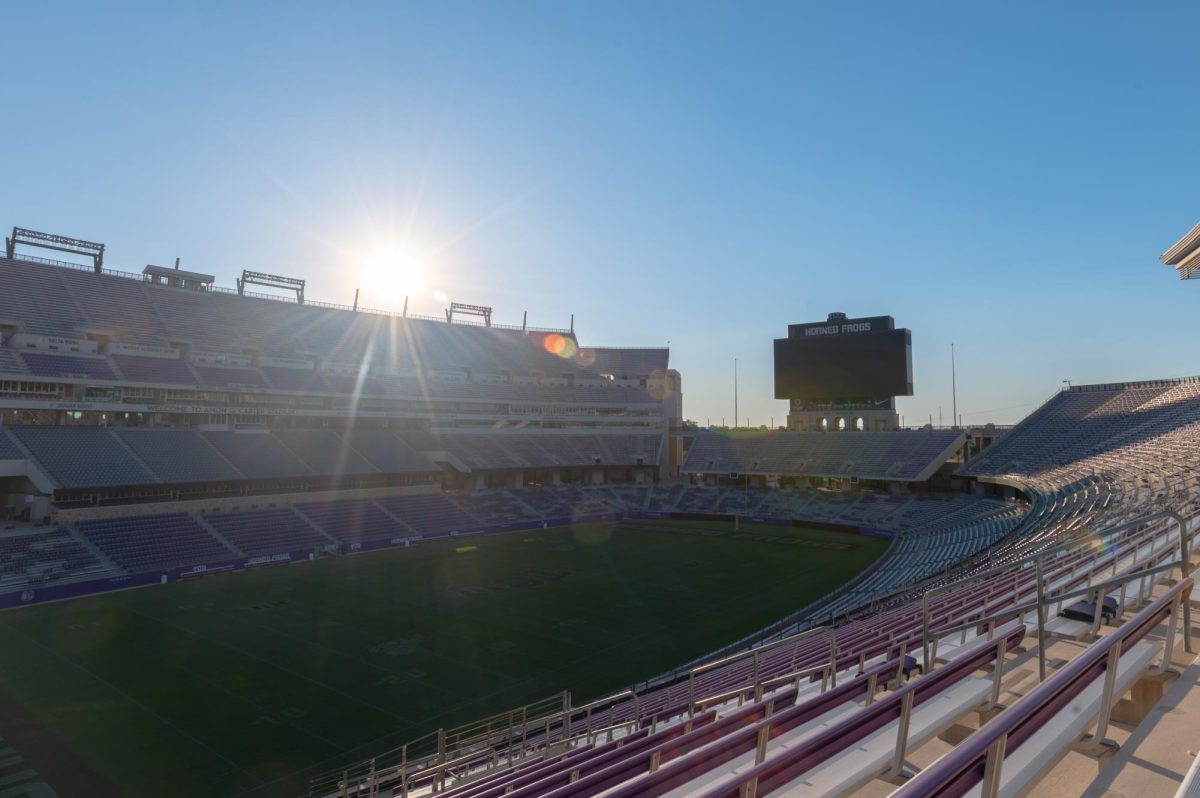County officials are taking advantage of low reservoir levels to perform new geological research. As Fort Worth prepares to enter stage two water restrictions, the Tarrant Regional Water District (TWRD) will perform light detection and ranging research (LiDAR) at four reservoirs in the region. According to the National Ocean Service, LiDAR is a remote sensing method used to examine the surface of the earth. Rachel Ickert, the TWRD water resources director, said the method used to gather data on land surfaces where the water levels are down due to the drought. TWRD will gather data on the reservoirs and observe the urban development around them. The data will have several purposes once it is gathered. “The data is used for water quality, water supply planning and flood modeling,” Ickert said. LiDAR is usually collected via helicopter or airplane. Scanners, lasers and GPS receivers are used to collect the data. One of the largest benefits of using LiDAR is the ability to utilize it for flood mapping and flood protection. LiDAR is not new to Fort Worth. In previous years, the Federal Emergency Management Agency has used LiDAR in North Texas as part of a large project to create digital flood mapping throughout the area. Due to the great variation of weather in DFW, the ultimate goal of the TRWD is to be prepared for flooding and work to protect resources during a drought.
Categories:
New method approved to research four reservoirs in DFW
By TCU 360
Published Mar 31, 2015
Twelve swimmers will represent TCU at the USA Swimming Short Course National Championships in Atlanta on Dec. 4 and 5.
Six men and six women qualified to compete in the individual-based meet, which showcases the best collegiate talent along with club swimmers 17 and up. The TCU swimmers competing will also face many Olympians at the meet. Michael Phelps competed in the meet last year.



